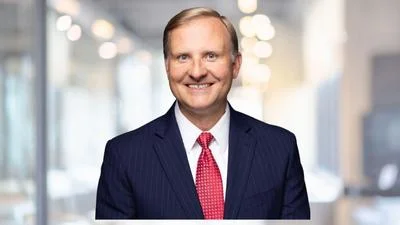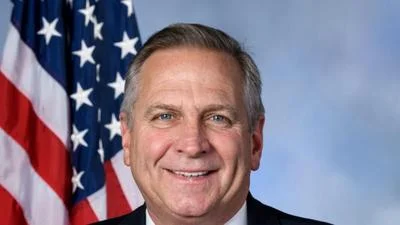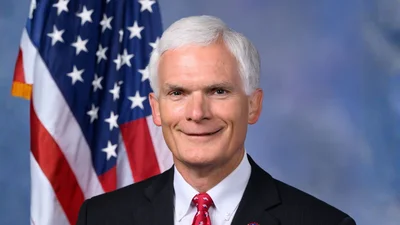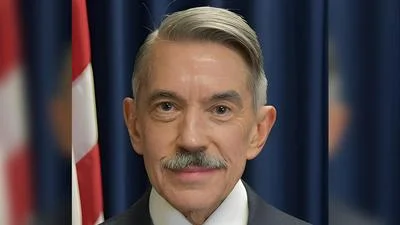Since taking office, the Biden-Harris administration has delivered almost $170 billion in student loan debt relief to 4.76 million borrowers. These discharges fulfill promises made by existing programs that frequently left borrowers in limbo.
For example, before President Joe Biden took office, only 50 borrowers out of an estimated 2 million who were eligible had had the remainder of their loans canceled after paying off their student debt for more than 20 years, as is promised by income-driven repayment plans.
Similarly, before the Biden-Harris administration introduced fixes to the Public Service Loan Forgiveness (PSLF) program, 99 percent of those who applied for cancellation were denied. Before President Biden took office, only a total of 7,000 public servants had received debt relief through PSLF. Many borrowers struggled to navigate the complex repayment system, enrolling in ineligible repayment plans, missing steps such as consolidation, or facing challenges recertifying their income on an annual basis.
These hurdles and other types of administrative and loan servicer errors frequently resulted in borrowers losing credit for years of payments, seeing their balances grow, and taking hits to their credit scores.
In addition, under the Trump administration Secretary of Education Betsy DeVos, more than 130,000 borrowers who were defrauded by schools such as ITT Technical Institute and Corinthian Colleges were denied relief under the borrower defense to repayment program. The claims of defrauded borrowers languished for as long as six years before the Biden-Harris administration approved group discharges for the two schools in 2022.
This fall, the Department of Education is expected to release new regulations that will allow it to deliver debt relief to new categories of borrowers. These include those who have seen their balances grow due to interest, those who have been in repayment for more than 20 years, and those who were eligible for existing debt relief programs but did not apply.
These relief measures aim to ensure that those poorly served by higher education and student loan repayment systems do not continue suffering financial consequences. They deliver on promises made under existing programs and help maintain higher education as an equitable pathway toward economic mobility.
___





